1、 Curing method
1. Temperature: the normal growth temperature of pumpkin is 20-27 degrees, especially during the growth period, the temperature cannot be lower than 15 degrees, otherwise the flowering of the plant will be affected, resulting in a great discount in yield. Of course, too high temperature is not suitable. If it is higher than 35 degrees, it is easy to dehydrate or wither

2. Watering: the root system of pumpkin is relatively developed, and its own water storage capacity is relatively strong, but its normal growth is inseparable from the moist soil, so it is necessary to replenish water frequently. In summer, it is more important to irrigate frequently, because its root is relatively shallow, and the water will evaporate quickly in the high temperature environment

3. Light: pumpkin is a light loving plant. Especially during flowering, it should receive sufficient and warm sunshine. If the light is not enough, its quality will decline and can not grow ideal fruits. At the same time, if the light is not enough, there may be diseases and insect pests. The light in summer is generally acceptable
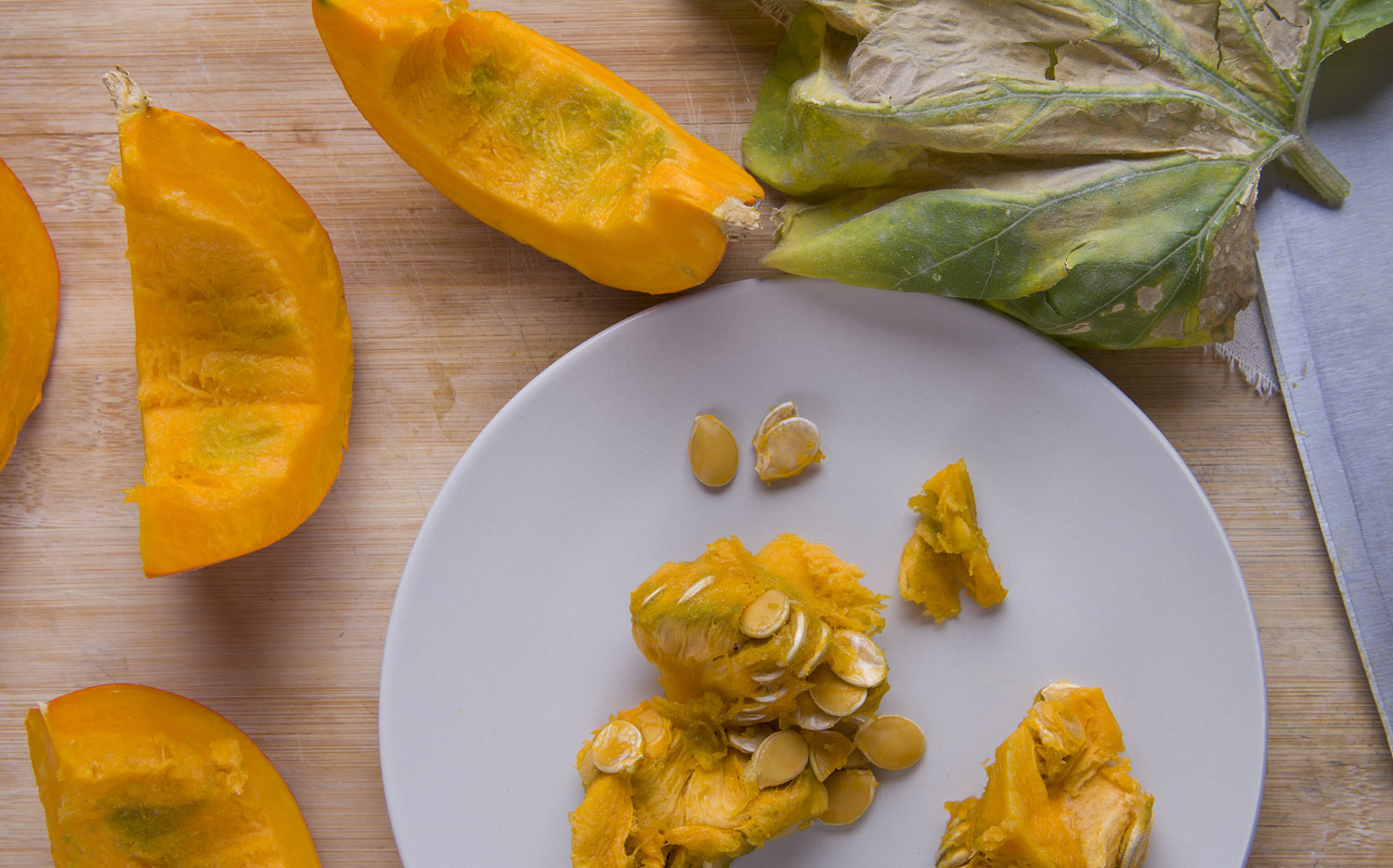
4. Fertilization: strong plants can grow in fertile soil. Before setting the value, sufficient base fertilizer needs to be applied, mainly organic fertilizer. Some nitrogen fertilizer needs to be applied during the growth of seedlings to promote growth. Phosphorus fertilizer and potassium fertilizer need to be used together during flowering, so as to achieve nutritional balance and have a more perfect effect on fruits
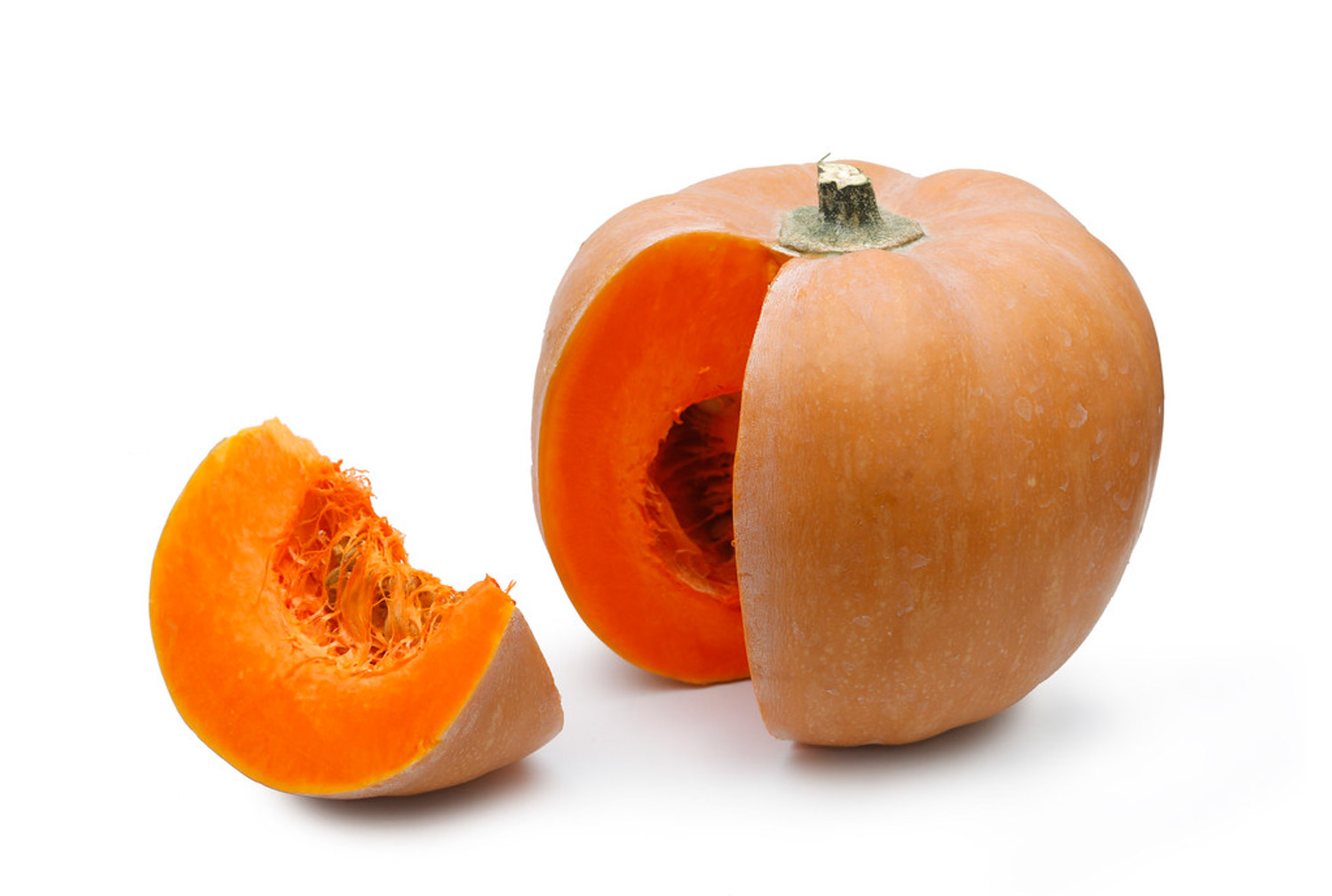
2、 Breeding skills
1. Reproduction: sowing is the necessary way of reproduction. The best time is in spring and autumn, and summer is the least suitable. Spring needs to be carried out from January to March, and autumn is suitable for July to August
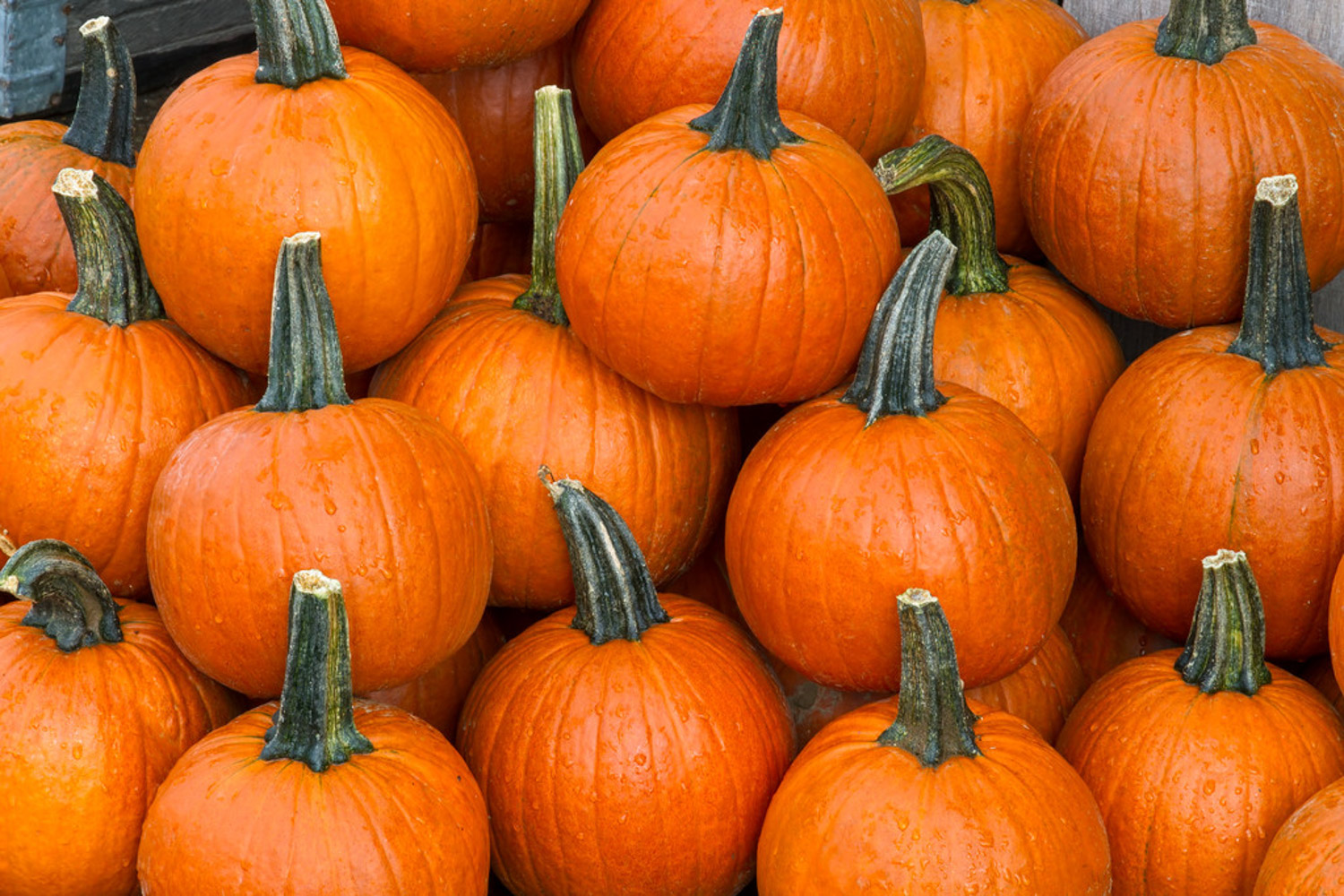
2. Pruning: the spreading nature of pumpkin is relatively strong, so there will be many lateral branches during growth, which will directly affect the quality of fruit. These germinated lateral branches need to be cut off regularly
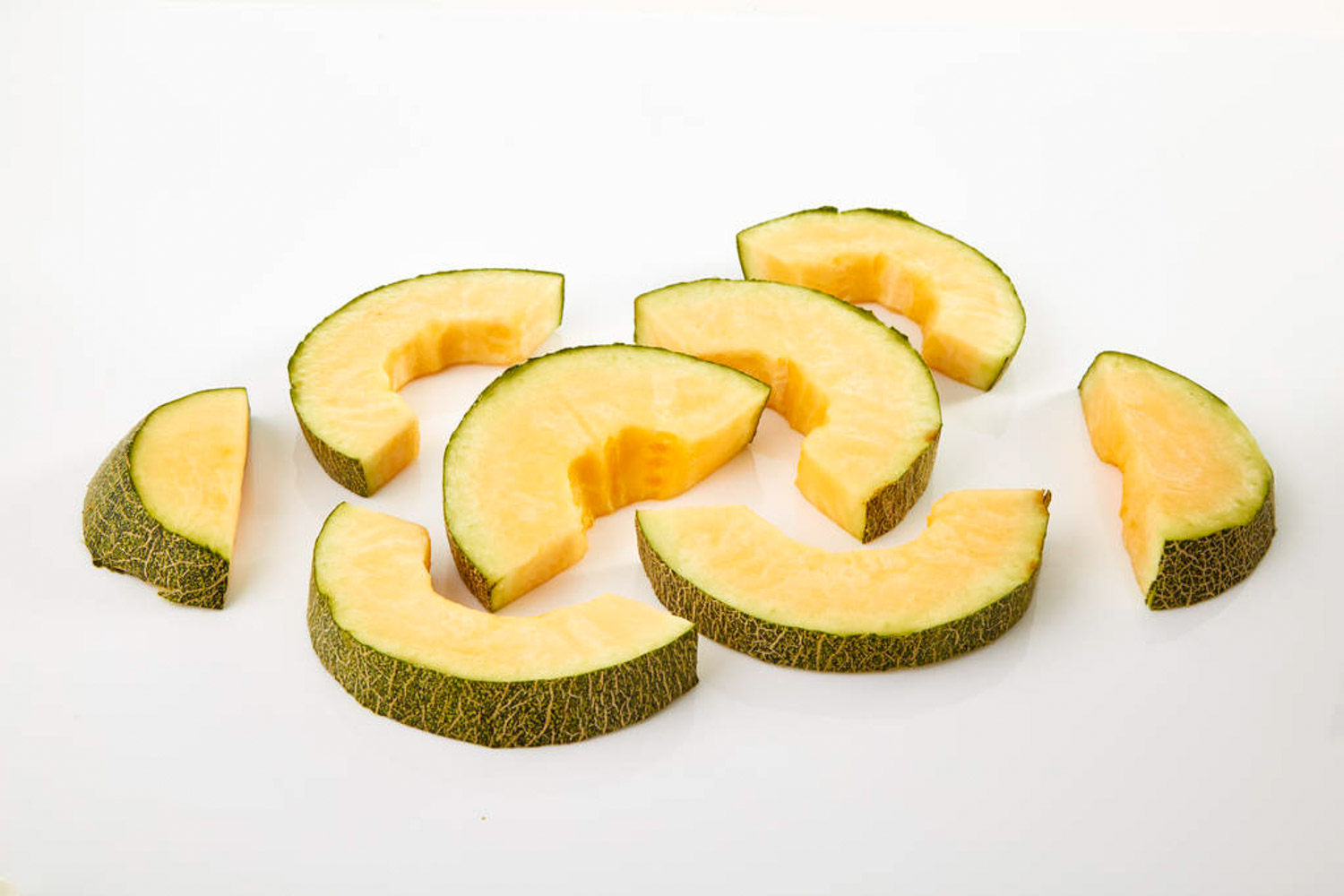
3、 Problem diagnosis and treatment
1. Disease: leaf blight is the most likely disease. This disease is mainly caused by bacteria, so carbendazim solution needs to be used for prevention and control, and some diseased branches and leaves can also be cut off
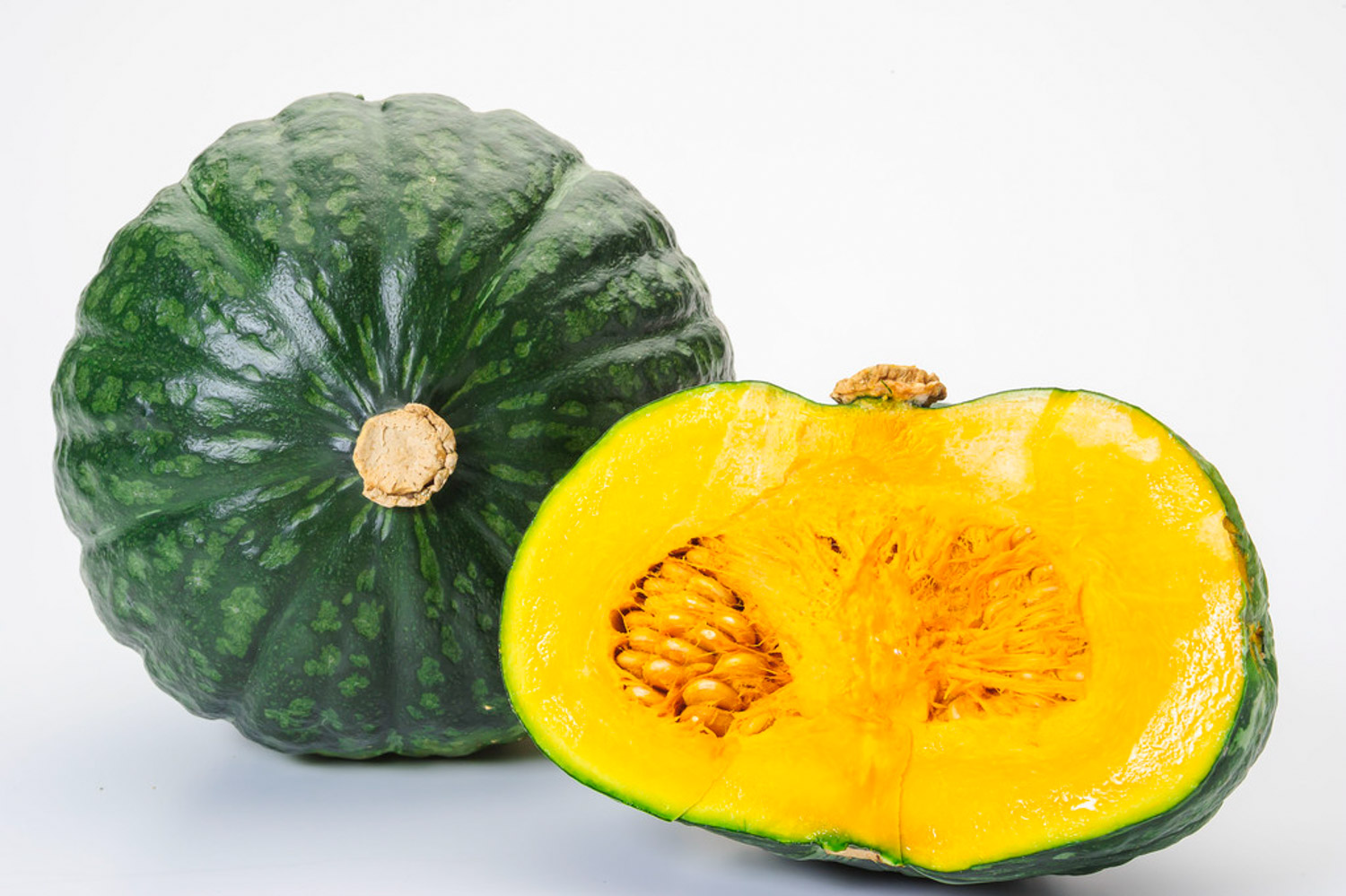
2. Insect pests: aphids will appear during flowering, which will reduce the number of flowers and loss the yield. It needs to be controlled with dichlorvos solution

4、 Other issues
1. Toxicity: no toxicity, high nutritional value, so it is suitable for large-scale breeding

2. Whether it can be raised at home: not suitable, because the conditions for its normal growth cannot be met at home
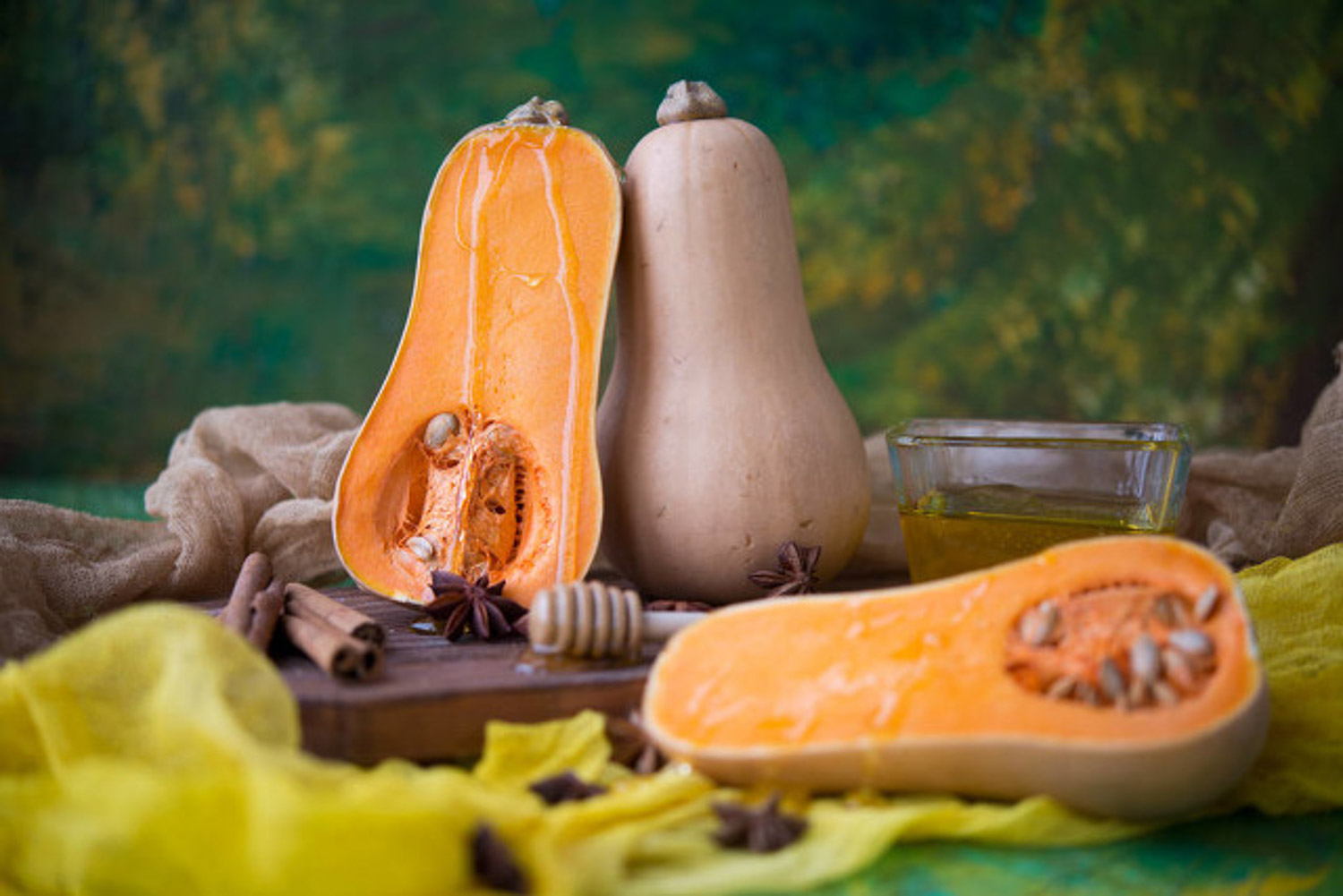

 how many times do yo...
how many times do yo... how many planted tre...
how many planted tre... how many pine trees ...
how many pine trees ... how many pecan trees...
how many pecan trees... how many plants comp...
how many plants comp... how many plants can ...
how many plants can ... how many plants and ...
how many plants and ... how many pepper plan...
how many pepper plan...






























